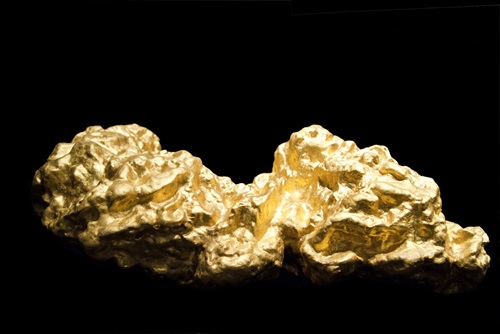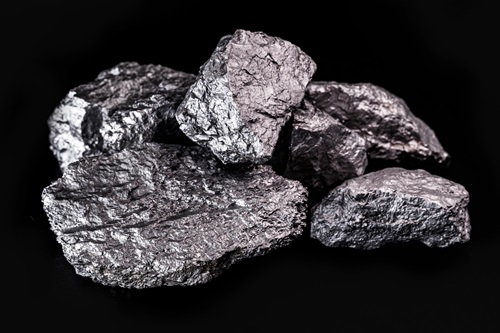This September, LET’S LEARN ABOUT…Gold and Silver!
Gold and silver have been valued by many civilisations for thousands of years. Those who owned gold were regarded as rich and powerful. Similarly, in some communities, silver objects were seen to have protective qualities, and were passed down through generations as heirlooms.


Top and bottom: Raw gold and raw silver
Properties and uses
Gold and silver have properties that are suitable for crafting them into decorative and art objects. Gold is the most malleable metal, meaning it can be easily shaped and stretched without breaking or cracking. Gold does not corrode, and has been used for coins and beautiful jewellery. Silver is also easily shaped, and is especially valued for its lustrous beauty.
Besides just jewellery and decorative items, gold and silver have been used in medicine and dentistry as well as electronics, such as our mobile phones. Before the use of dollar notes, gold and silver were used as money and were important for trading.
Gilding method
Craftsmen have used various techniques to make gold and silver objects. They use different tools to hammer designs onto the metal, or shape it in various ways. “Gilding” is a technique where a thin layer of gold is applied to an object. Traditionally, this was done with “gold leaf” – very thin sheets of gold.
Mixing with other materials
There are many objects that are made entirely from gold or silver, and some that are made with a mixture of other substances. See if you can identify something shimmery in different objects in the galleries!